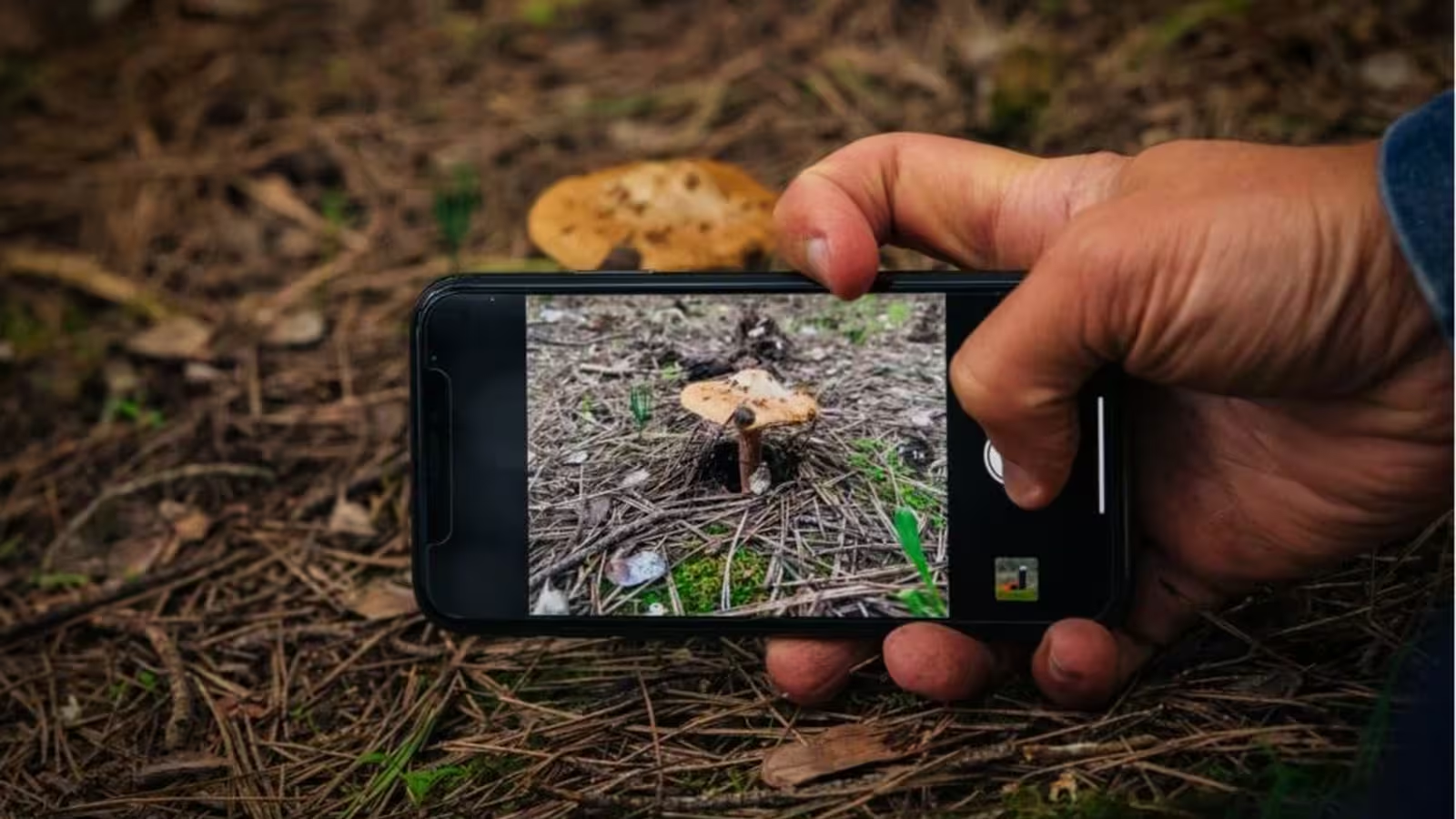4 Minutes
Citizen Science in the Digital Age: iNaturalist’s Explosive Growth
Thanks to the power of smartphones and digital connectivity, everyday nature enthusiasts are now playing a pivotal role in scientific discovery. iNaturalist, the innovative citizen science app, has evolved into a global platform for biodiversity research since its launch in 2008. What started as a community project has skyrocketed to over 200 million wildlife observations contributed by more than 3 million users worldwide. A comprehensive new study, published in BioScience, reveals just how essential these contributions have become to ecological research, with peer-reviewed studies using iNaturalist data growing over tenfold in just the past five years.
Key Product Features: What Makes iNaturalist Stand Out?
iNaturalist’s user-friendly app is available free on both iOS and Android, making wildlife recording accessible to anyone with a smartphone. Unlike other nature-focused apps that rely heavily on artificial intelligence for species identification, iNaturalist taps into the wisdom of its vast user community. Users upload observations—photos complete with location and time stamps—and then the network collaborates to identify the species. Only after human confirmation does an observation reach “research grade,” ensuring scientific reliability.
Human-Powered Identification vs. AI: A Distinct Approach
While many modern apps use automated algorithms for instant results, iNaturalist leans on human expertise, combining technology with crowd-sourced validation. This ensures that the data, once vetted, is both rich and accurate—qualities highly valued in scientific studies. The platform also shares data with institutional partners such as the Global Biodiversity Information Facility (GBIF), amplifying its impact.
Real-World Impact: Case Studies and Discoveries
Millions of users around the globe are doing much more than snapping beautiful photos; they’re contributing to a constantly growing database that has become indispensable for scientists. According to ecological researcher Corey Callaghan, iNaturalist users help track species distribution, detect invasive species, monitor changes related to climate, and even assist in the discovery of new species. A standout example occurred in 2011, when a user in Colombia photographed the elusive Columbian Weasel. This was the very first live record of this critically rare animal, which was later cited in a 2019 scientific paper on species distribution in protected areas.
Comparisons and Advantages Over Traditional Methods
Conventional biodiversity research often requires costly fieldwork and can be limited by resources and manpower. In contrast, iNaturalist leverages a global network, resulting in a vast, continuously updated pool of biological data. The inclusion of detailed images—capturing habitat, coloration, and behavior—allows for deeper ecological insight, transcending simple checklists to provide context-rich information. The constantly expanding dataset now features research from 128 countries, covering more than 638 taxonomic families.
Empowering Everyday Users
The approachable design of iNaturalist means that even contributors without formal scientific training become key players in ecological science. Lead data analyst Brittany Mason notes that the platform puts the tools of discovery in everyone’s pocket, making cutting-edge science crowdsourced and democratized.
Market Relevance and The Bigger Picture
As the world faces escalating biodiversity loss—with 211 species already extinct and over 2,000 threatened in the US alone—efficient, scalable methods of monitoring wildlife are more crucial than ever. iNaturalist meets this demand by inviting global participation at virtually no cost to contributors or researchers. Its exponential data growth is helping redefine the boundaries of what technology and public participation can achieve together.
A Paradigm Shift for Biodiversity Science
This surge in citizen-contributed data is more than a passing trend; it’s fundamentally reshaping the scientific landscape, offering cost-effective ways to monitor, protect, and conserve our planet’s fragile biodiversity. As highlighted by recent research, the collaborative, tech-driven approach of iNaturalist is empowering individuals, amplifying awareness, and ensuring the next generation of research is as inclusive as it is innovative.
Source: gizmodo


Leave a Comment